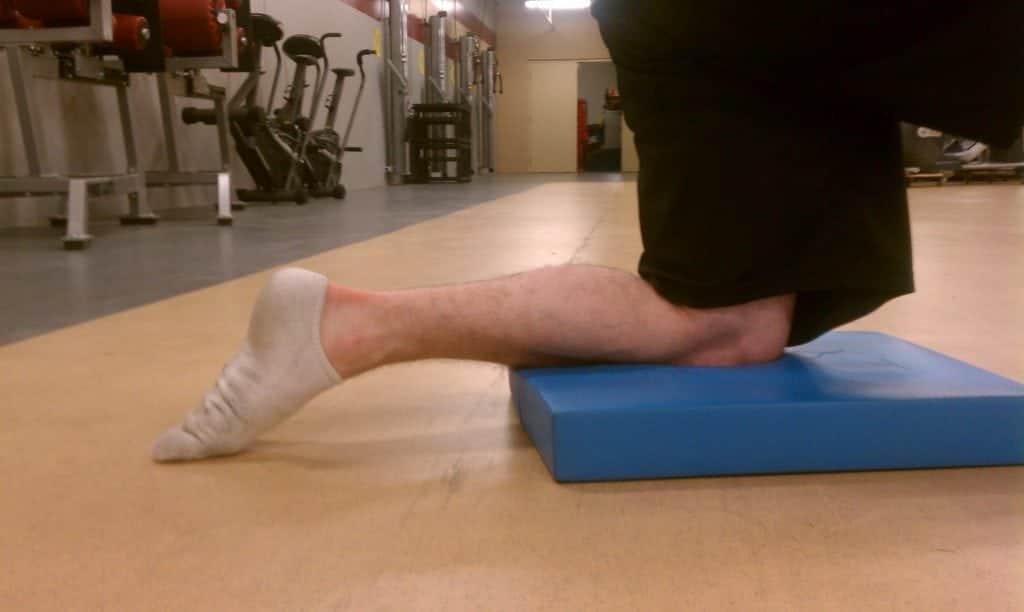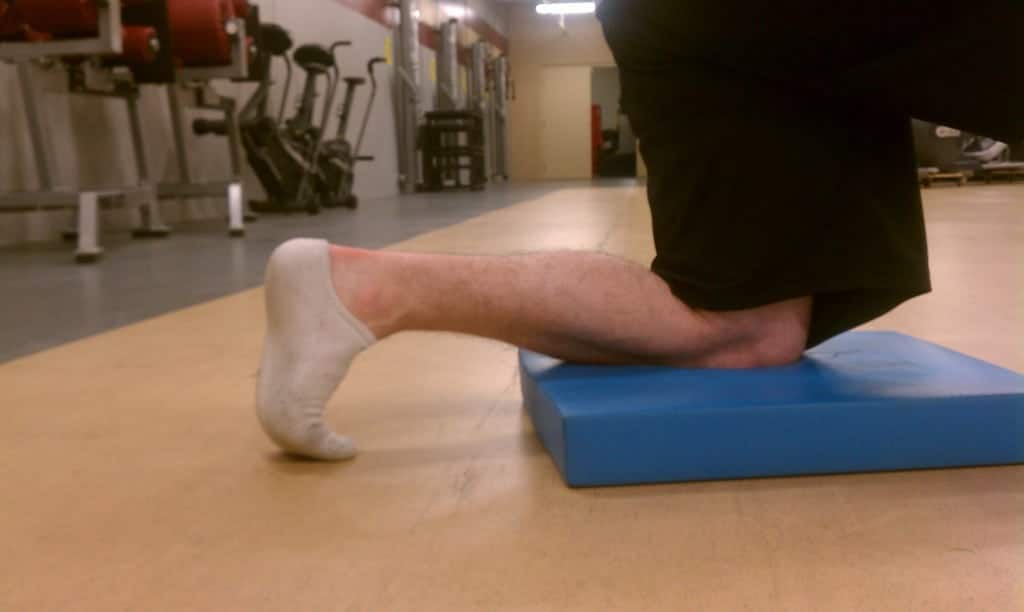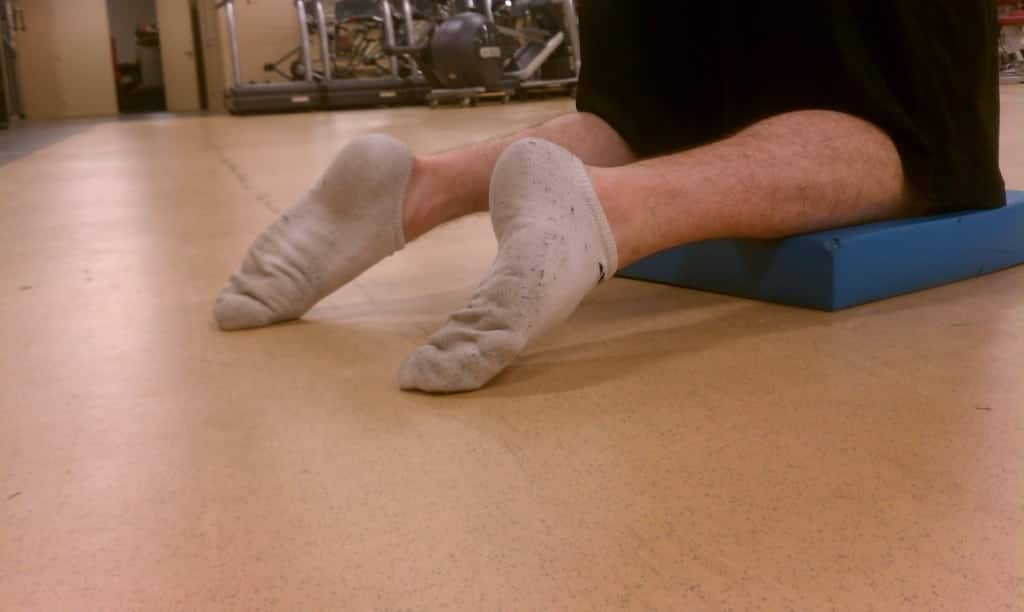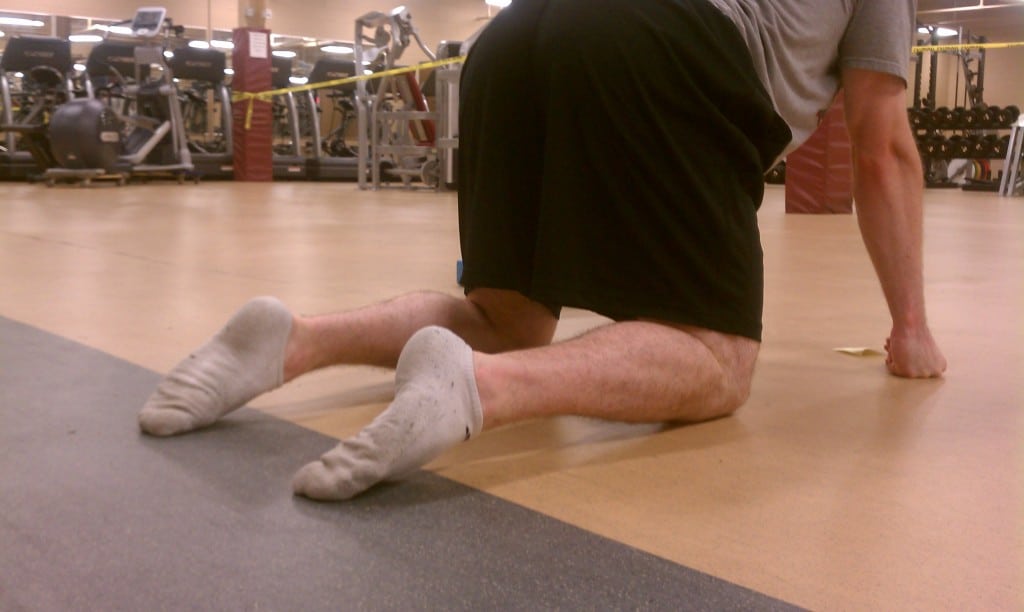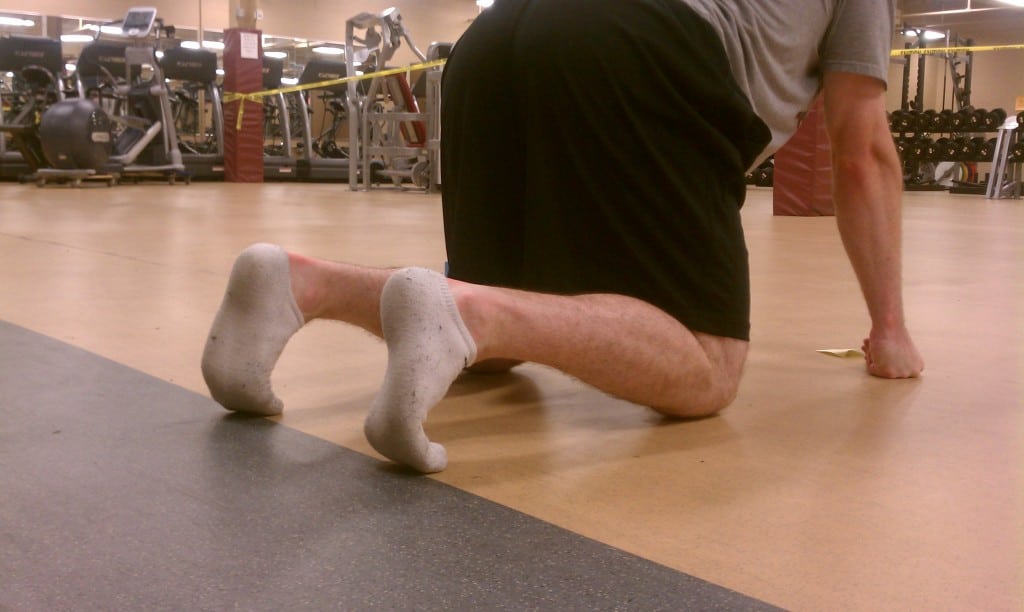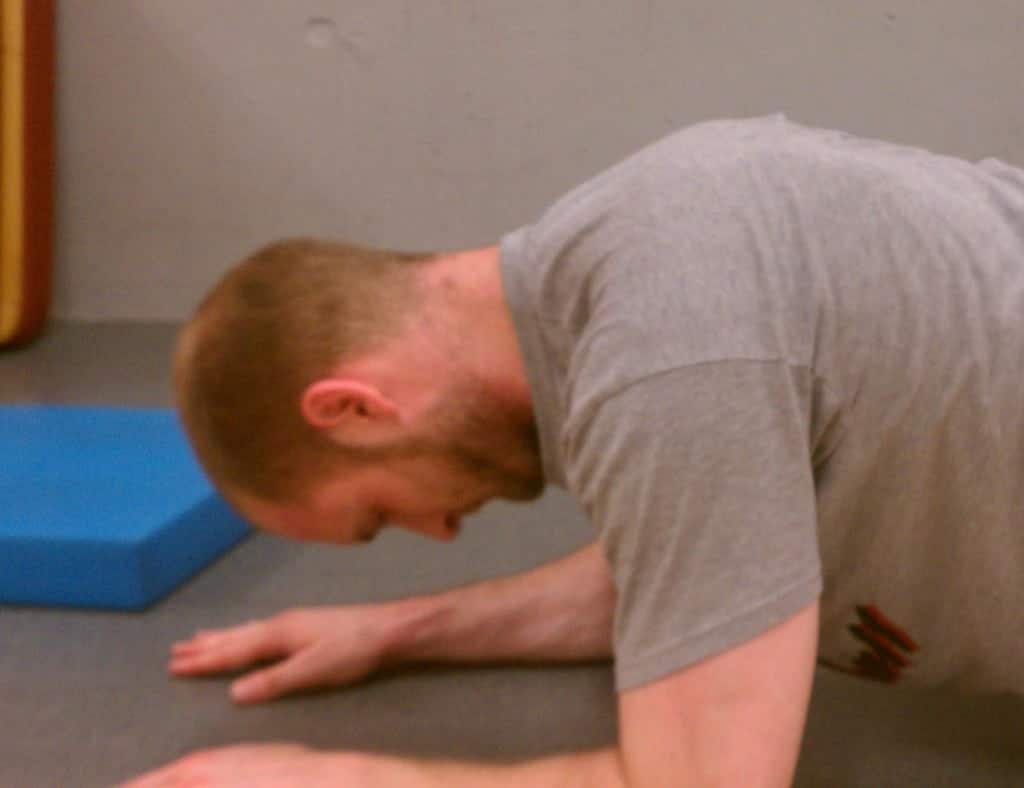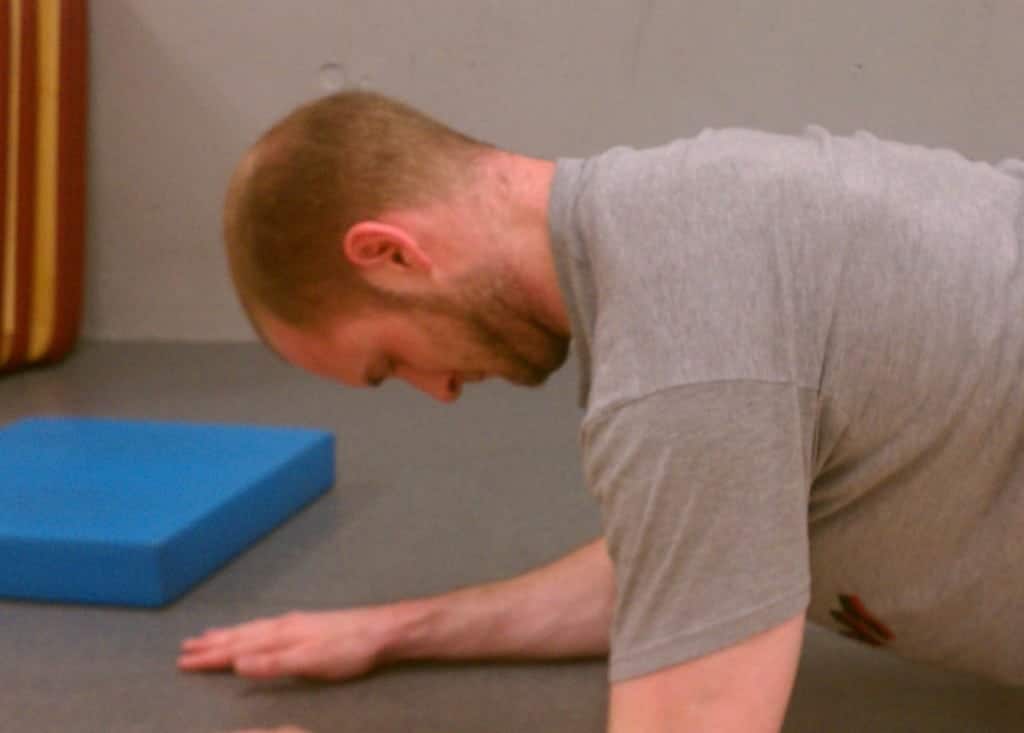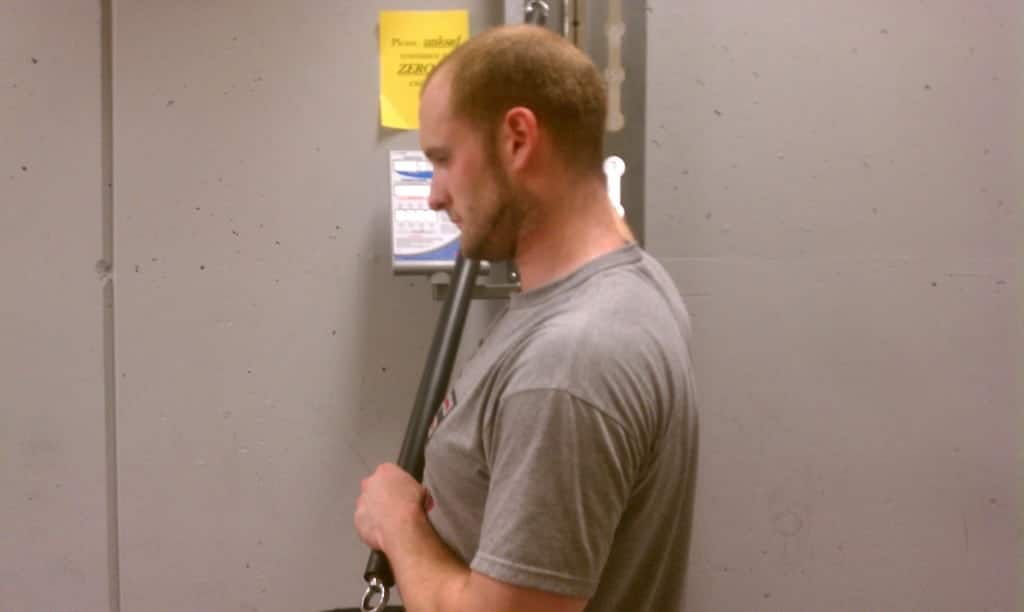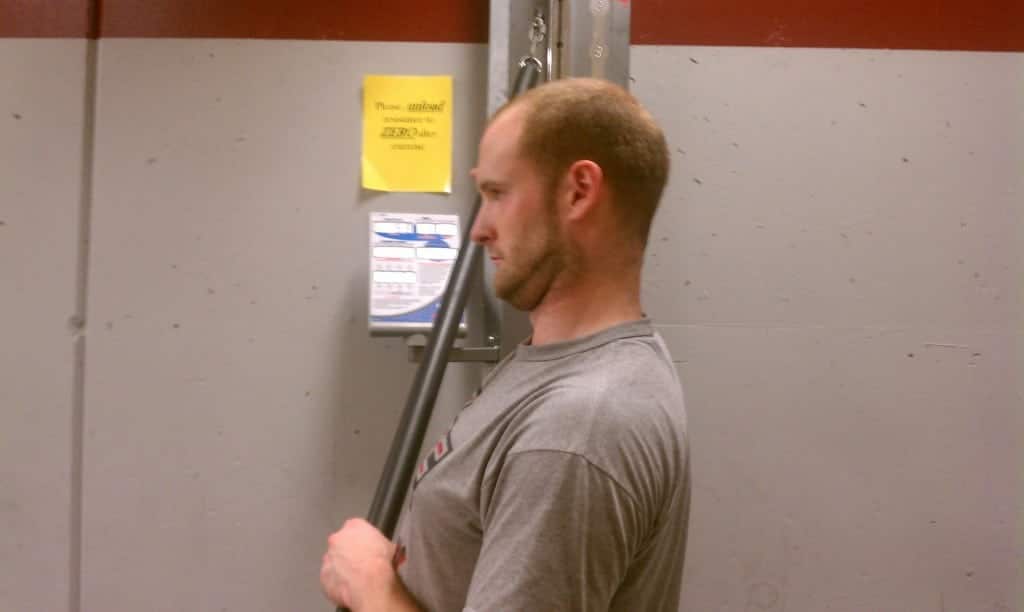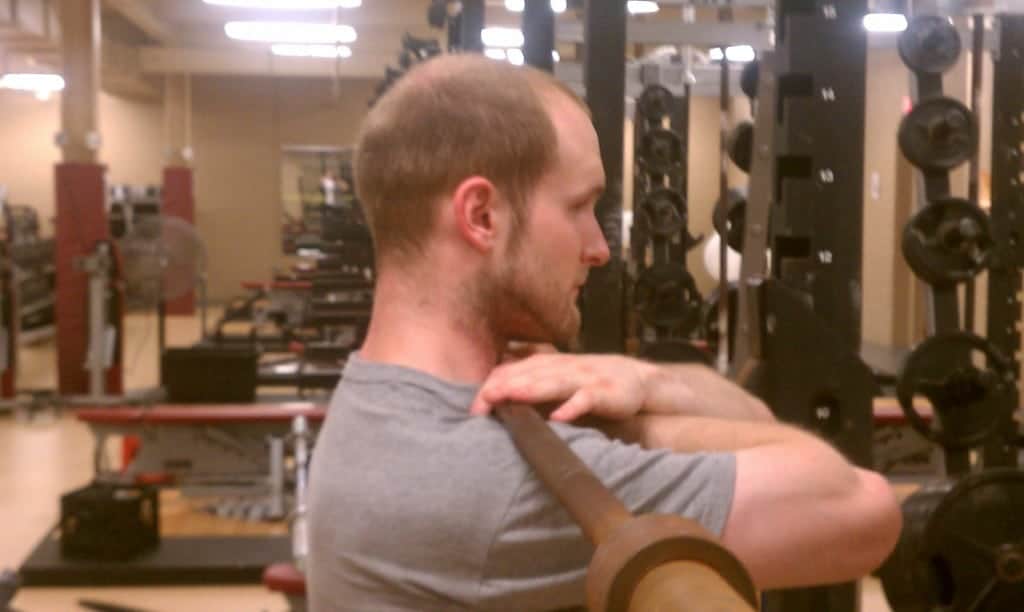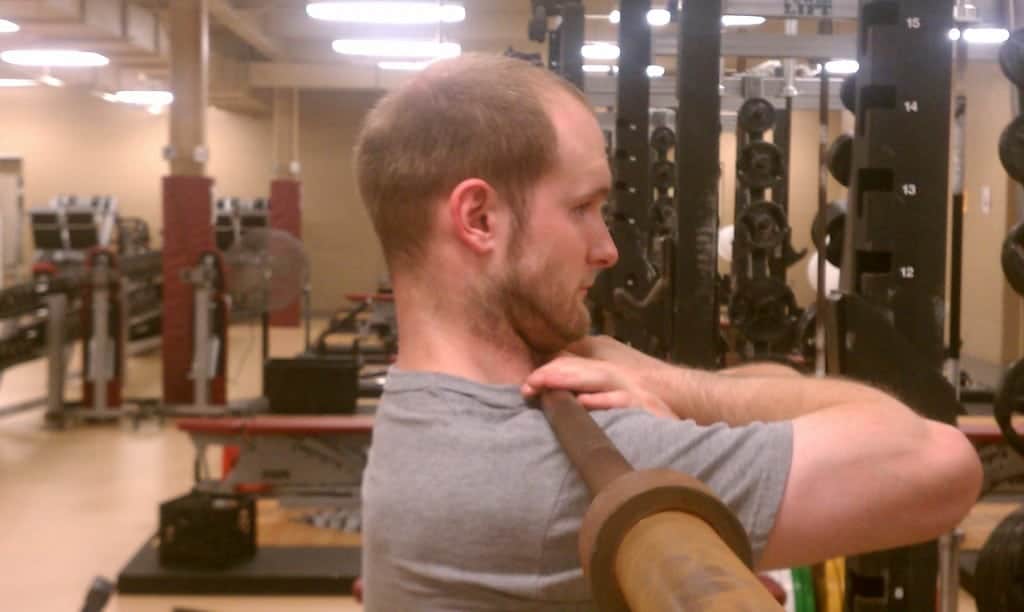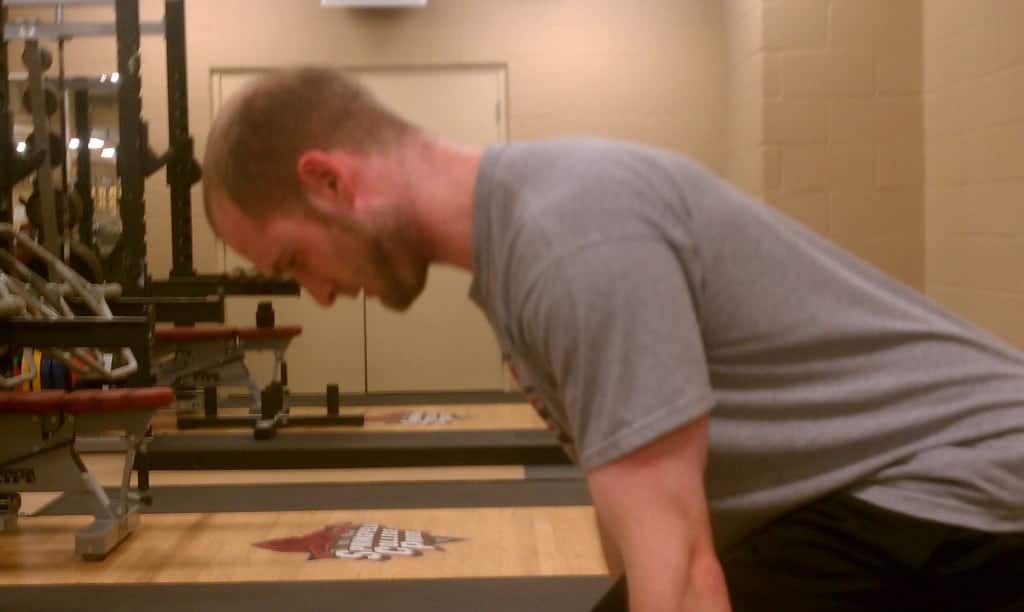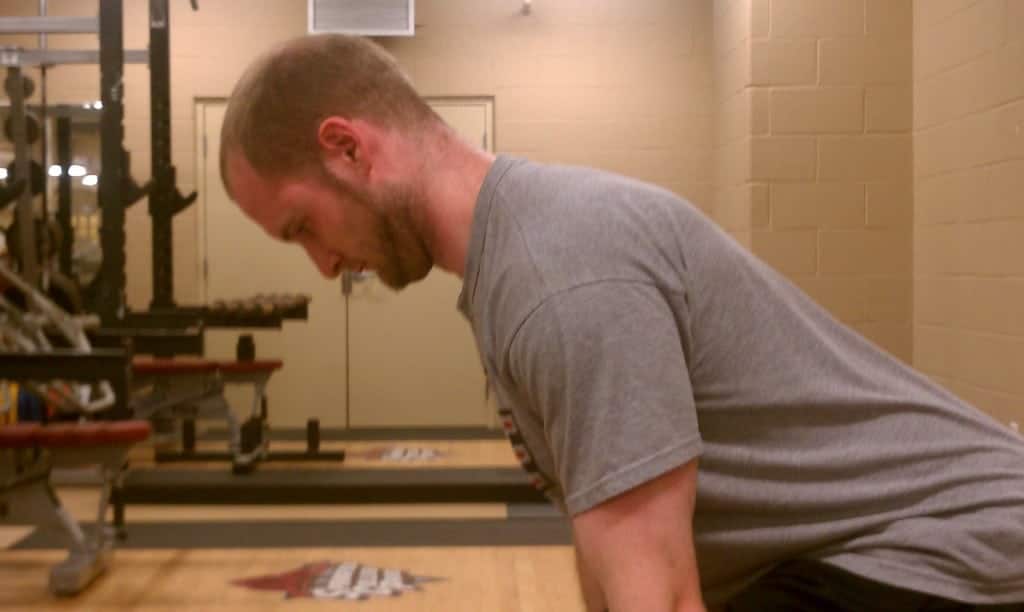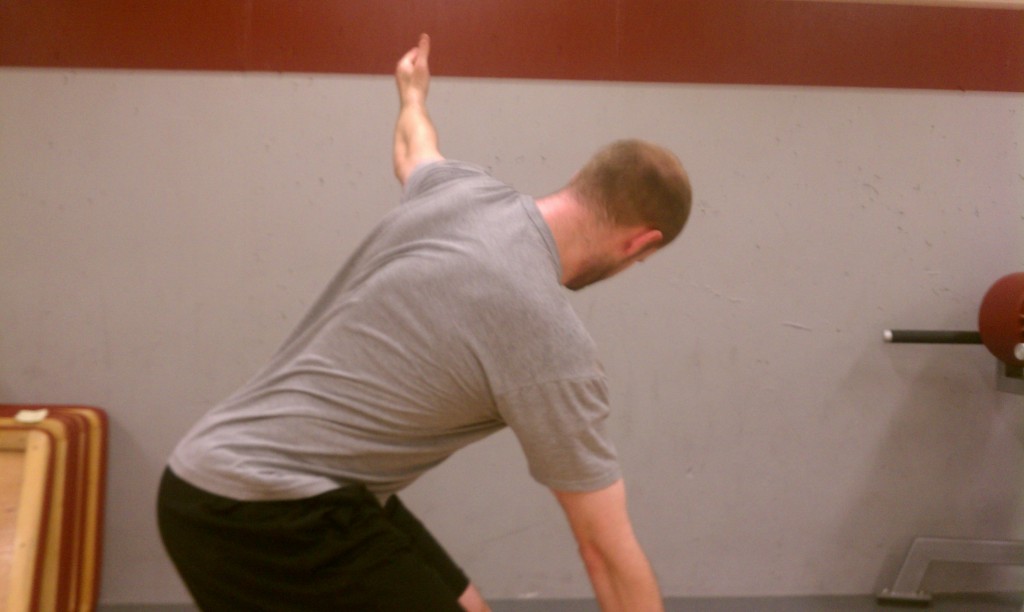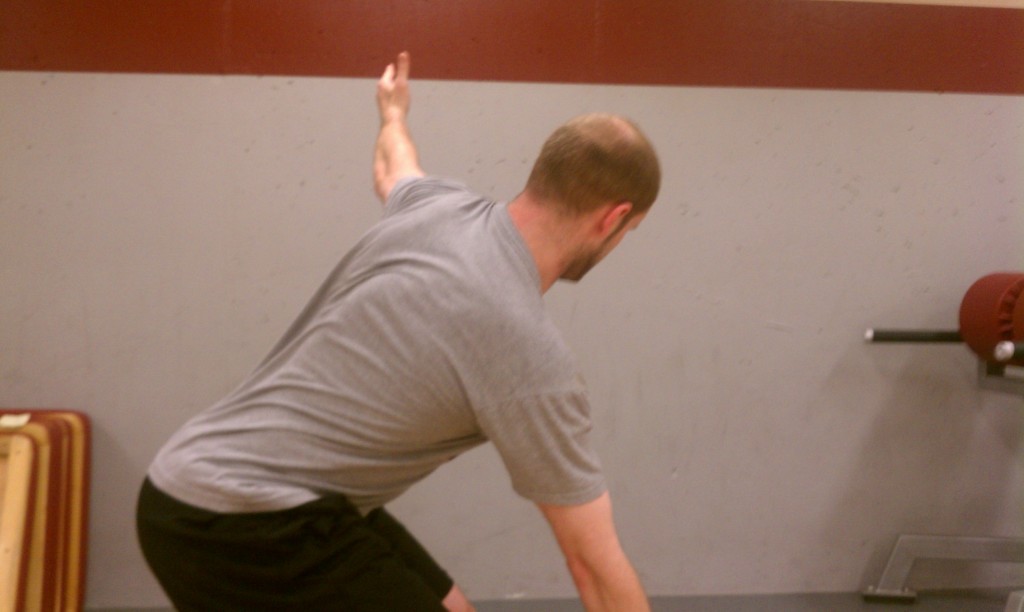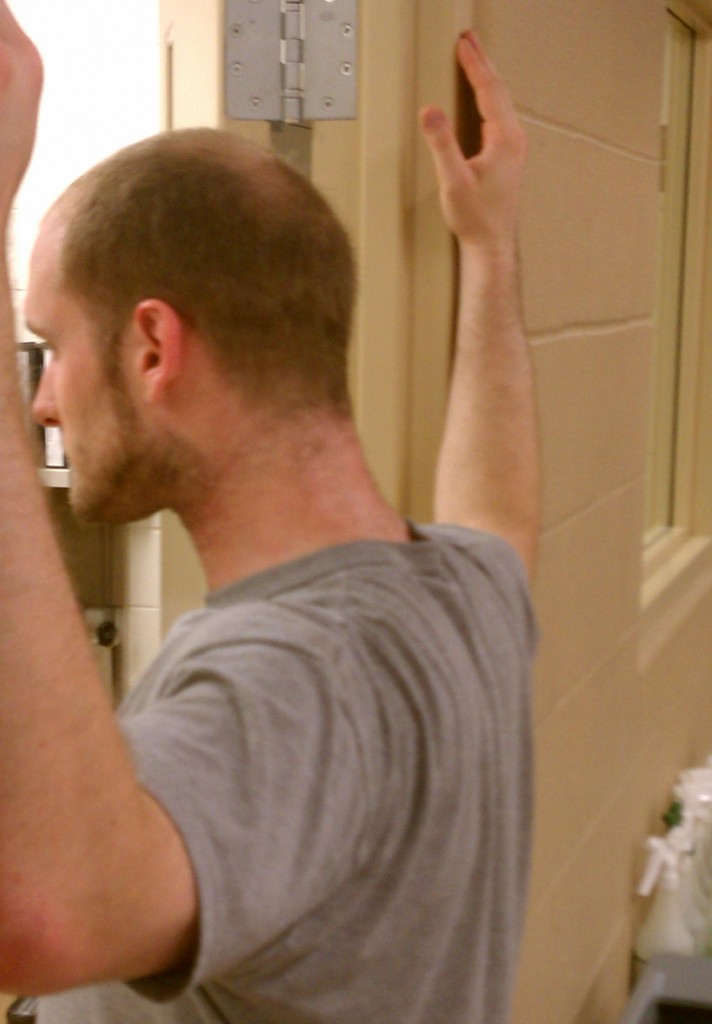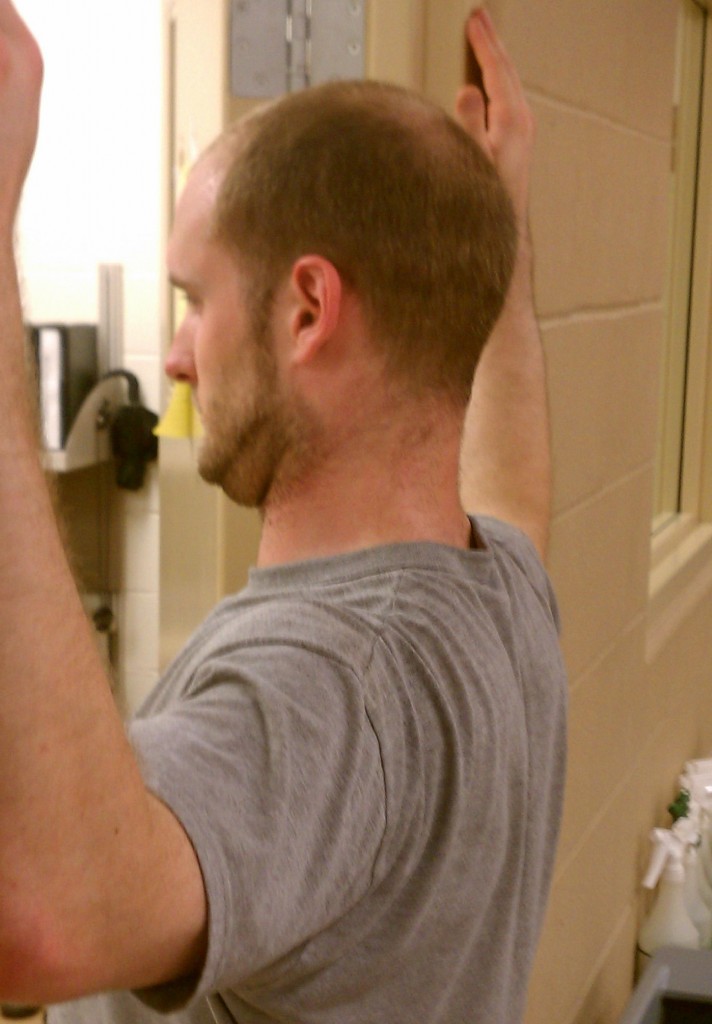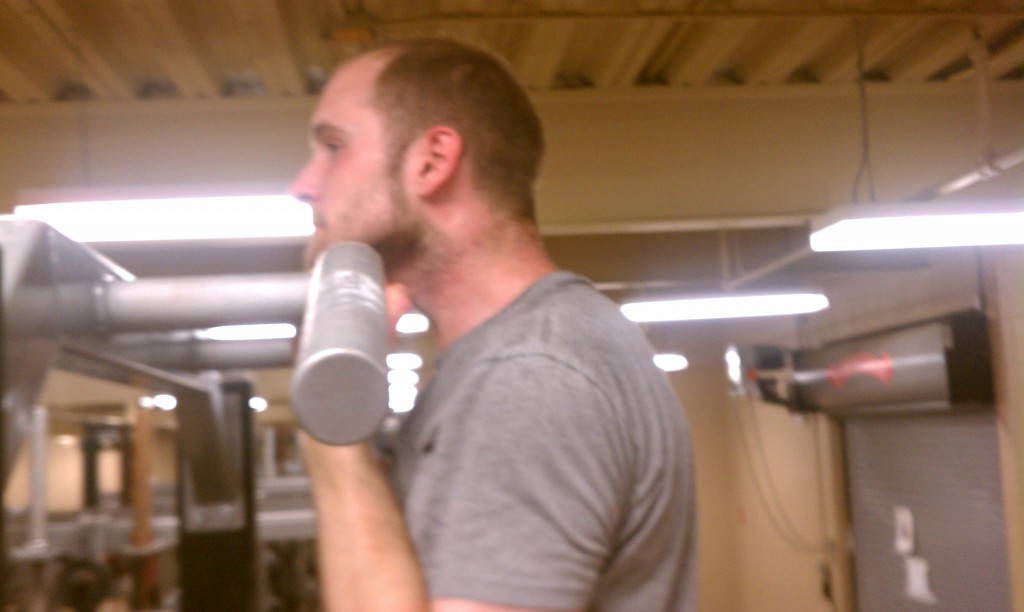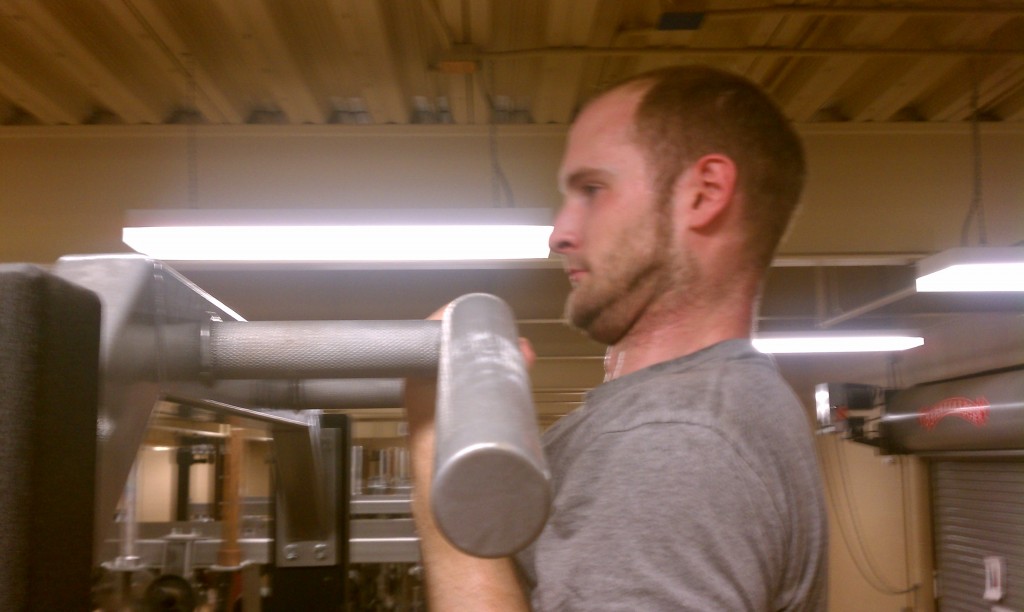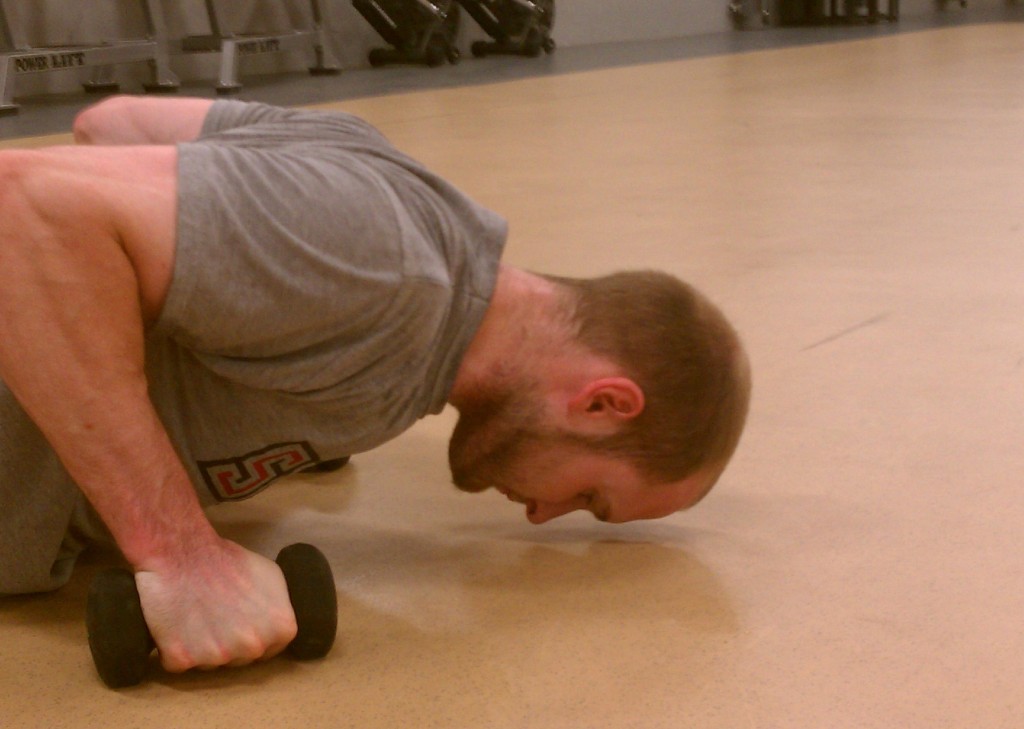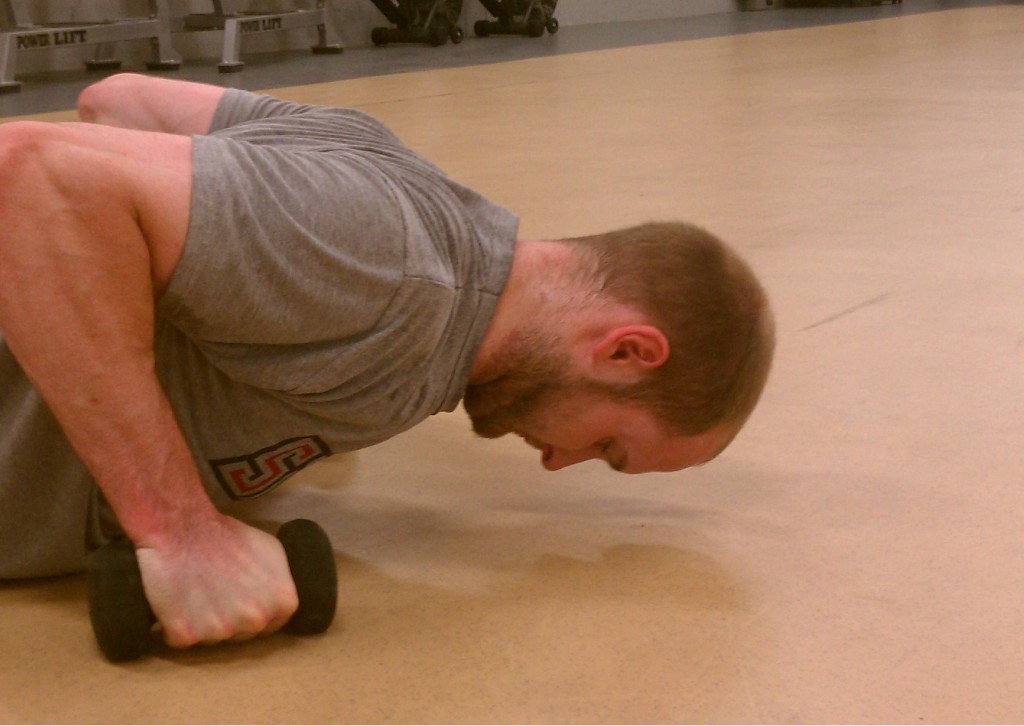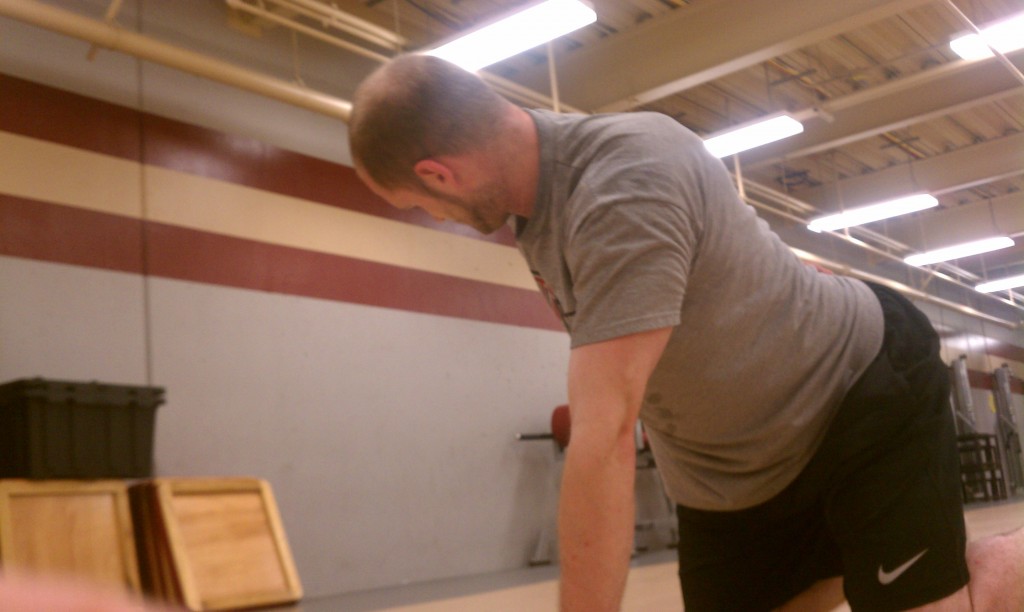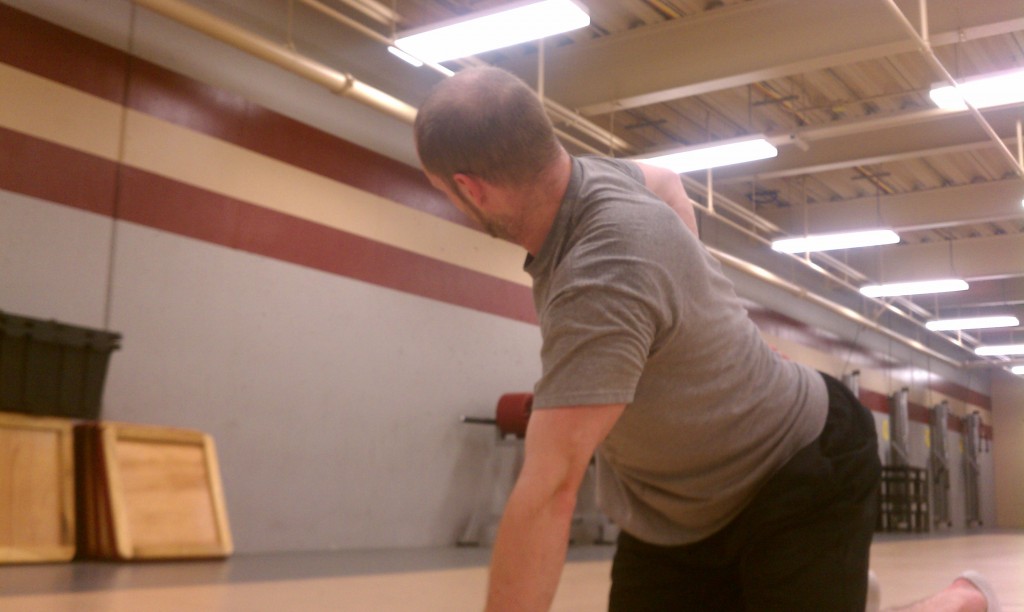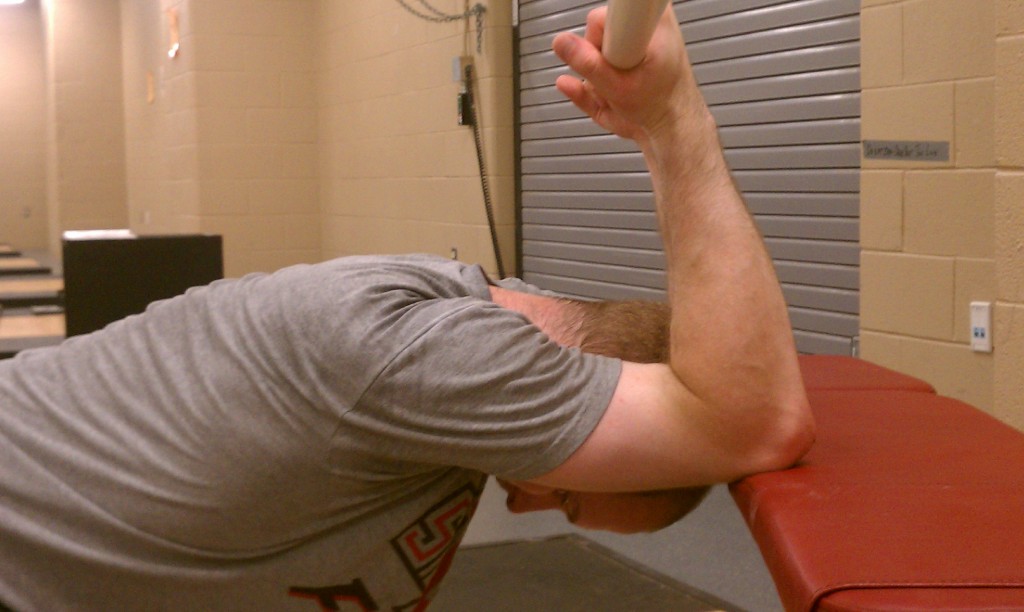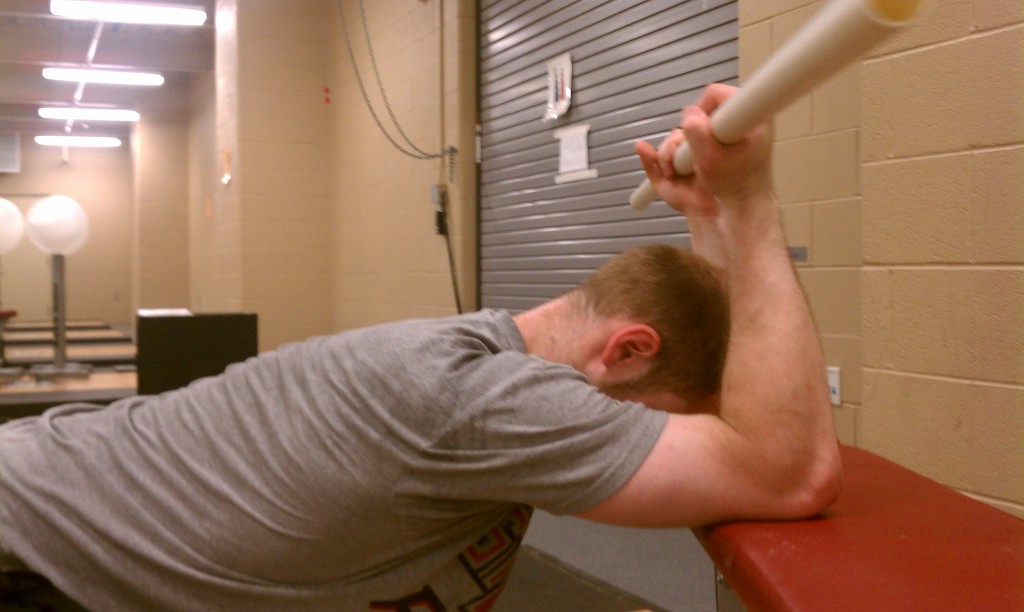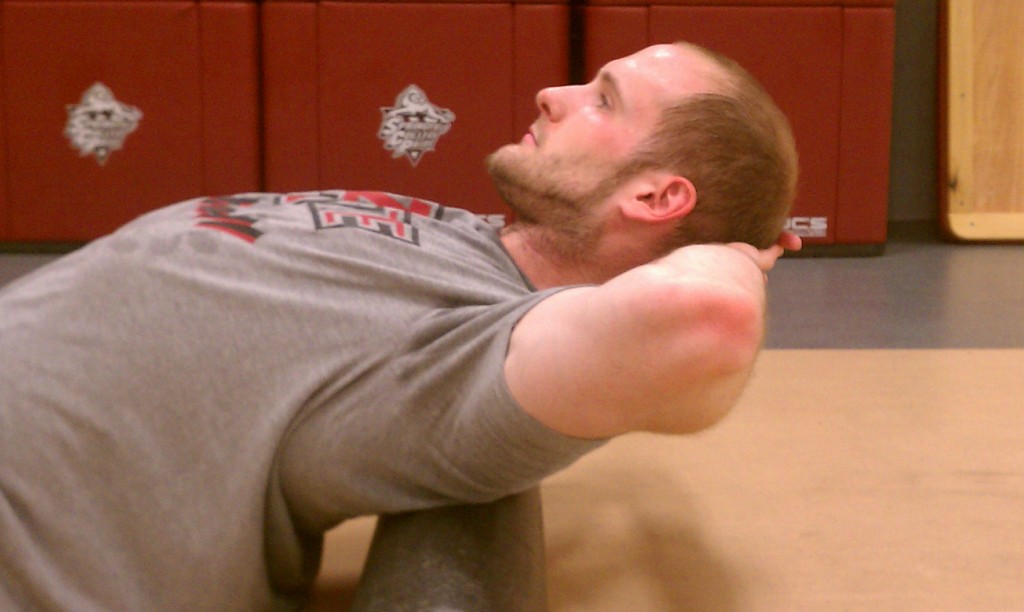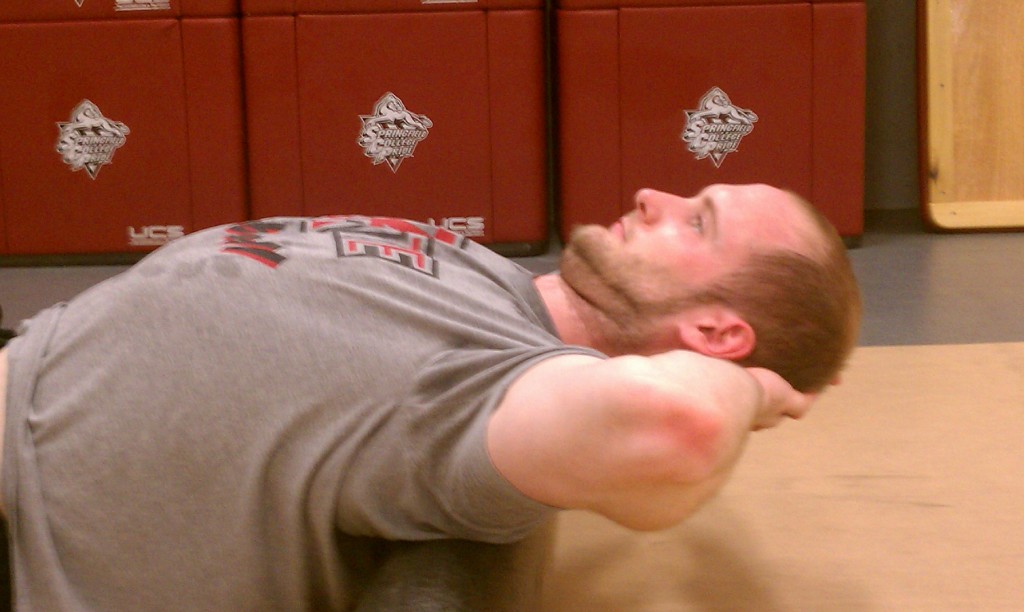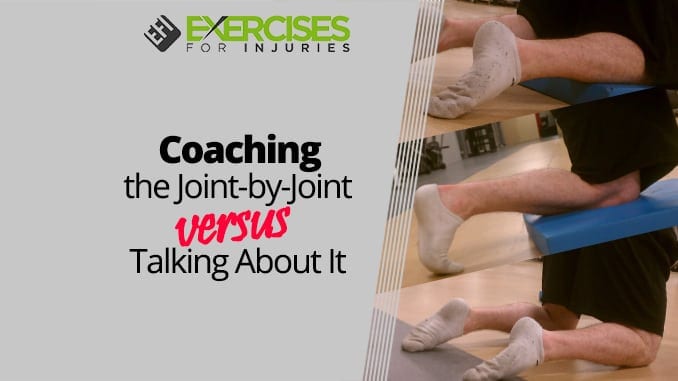
Great article for you today on the joint by joint approach.
Thank you, Sam, for sending it over.
Take it away, Sam…
Preface: I am purposely keeping the text in this article short to allow for lots of applied content via the illustrations involved. The redundancy is on purpose. Enjoy!
Joint-by-Joint
The “joint-by-joint” has made its way into colloquialism in modern training jargon. By now, most who speak it understand the implications. Michael Boyle introduced it to the training world after discussions with Gray Cook and thus was born the Joint-by-Joint Principles (1).
A little while after, Dr.Charlie Weingroff elaborated and optimized the model to satisfy the naysayers and thus was born the Advanced Joint-by-Joint (2) and Advanced Principles (3).
If you’re reading this and aren’t quite familiar with such things, please review those articles before reading here. You can get the links to those articles in the reference area at the end of this article.
For those familiar and who want a deeper understanding, I recommend products (4) put out by Charlie Weingroff, Shirley Sahraman, Gray Cook, and a few select others you can find on my resources page (4).
You’ll find coaches claiming how their cue exercises are optimal throughout this profession and satisfy the joint-by-joint principles, ensuring the utmost safety and transfer of training stimulus to the desired structures/tissues. However, what is said and shown in their articles, blogs, social media, etc., are two different things, revealing their thought process drops off at the distal body segments. So let’s get into it.
Many people comprehend the “shoulder blades back and down” coaching cue because the scapula-thoracic joint is a “stable” joint. The lumbar spine is a “stable” joint, and it shouldn’t be cued into significant flexion, extension, or rotation during exercise. Even though some are unaware of the fact that the foot, hallux (big toe), cervical spine, and so on. should not be coached during an exercise, the advice is listed below.
The Hallux
The hallux is built for mobility, and a lack thereof causes compensations further up the chain like a mobilized mid-foot (which should be stable), stabilized ankle (which should be mobile), and continues even up to the hip and beyond, causing a lack of hip extension (via the mechanisms discussed in reference 3 ) and consequently increase lumbar extent on. We could elaborate further, but I think you get the I ea. These processes are not good and, in the long run (sometimes short run), wear passive structures down to the point of breaking pain thresh hold. Notice I didn’t say “injured,” as they may already be damaged but haven’t reached pain threshold et. (This thought process extends to all areas of the body discussed throughout this article, not just the hallux)
Half-Kneeling: Non-Optimal Coaching
Half-Kneeling: Optimal Coaching
Tall-Kneeling: Non-Optimal Coaching
Tall-Kneeling: Optimal Coaching
Quadruped: Non-Optimal Coaching
Quadruped: Optimal Coaching
Hopefully, the pictures served their purpose in elucidating the PO nt. The correct hallux position applies for any exercise you would perform in the half/tall-kneeling, quadruped, front/side plank, etc., functions.
The Cervical Spine
The upper cervical spine is built for mobility, whereas the lower cervical spine is built for stability. Your client must pack the neck/make a double chin/make a surprised expression/be neutral/whatever you want to call it in order to coach this. What happens if you don’t in reference #5? What you should do is have your client perform strength training and mobility exercises in a way that stabilizes the neck. Here are some mistakes I see most frequently. It’s very important to keep the neck stable while performing a thoracic spine mobility drill because otherwise, it will move the mobilization right to where we want it—the thoracic spine! It’s critical to keep the neck neutral during mobilizations so that they don’t shift toward the cervical spine.
Front/Side Plank: Non-Optimal Coaching
Front/Side Plank: Optimal Coaching
Chop/Lift: Non-Optimal Coaching
Chop/Lift: Optimal Coaching
Front Squat: Non-Optimal Coaching
Front Squat: Optimal Coaching
Deadlift: Non-Optimal Coaching
Deadlift: Optimal Coaching
Bent Over T-Spine Rotation: Non-Optimal Coaching
Bent Over T-Spine Rotation: Optimal Coaching
Doorway Wall Slides: Non-Optimal Coaching
Doorway Wall Slides: Optimal Coaching
Chin/Pullup: Non-Optimal Coaching
Chin/Pullup: Optimal Coaching
Pushup: Non-Optimal Coaching
Pushup: Optimal Coaching
Quadruped Extension-Rotation w/Internal Rotation: Non-Optimal Coaching
Quadruped Extension-Rotation w/Internal Rotation: Optimal Coaching
Bench T-Spine Dips: Non-Optimal Coaching
Bench T-Spine Dips: Optimal Coaching
T-Spine Extension on Foam Roll: Non-Optimal Coaching
T-Spine Extension on Foam Roll: Optimal Coaching
Like the principle regarding the hallux, the direction of the neutral cervical spine can extend to many other lower/upper body exercises and core training activities.
After reading this article, the “glass half empty folks” might think, “how much does this seemingly minutia stuff matter in the grand scheme of things?” The obvious answer is– why NOT do it – seriously, why not? What are you getting out of NOT implementing these strategies es? Should we be ok with just not caring if we have good reasons to support the benefits of this coaching c es If you’re going to do something, anything, why not optimize it? Sometimes the combinations of doing things just a little bit better make the difference in the long run. I hope you found value in these illustrations and a novel appreciation for some of the more minor aspects of coach ng. If so, please pass it along to your colleagues so we can all get better at what we do.
All the best,
Coach Sam
www.SamLeahey.com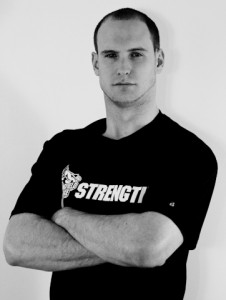
He is an assistant strength and conditioning coach at Springfield Coll ge. Before that, he was an assistant strength and conditioning coach at American International College.
Currently pursuing a master’s degree in Strength&Conditioning and manual therapy licensure, Sam also holds a BS in Exercise Science from Becker College in Massachusetts and a BSE in Physical Education with a minor in Sport Coaching from Arkansas State University.
While a severe collegiate athlete at division 1 and division 3 levels, he maintained the highest academic honors and graduated Summa Cum Laude.
It is back to Rick.
Great info, Coach Sam.
This is one of the best posts on Exercises For Injuries.
Thank you so much, Sam.
Before I go, if you like the info above, watch for Muscle Imbalances Revealed – Upper Body Edition, where Tony Gentilcore, Dean Somerset, and Dr. Jeff Cubos will be sharing their tips and tricks and exercises when it comes to upper body training g. Mark down the date; it will be coming out Tuesday, August 9, 2011.

